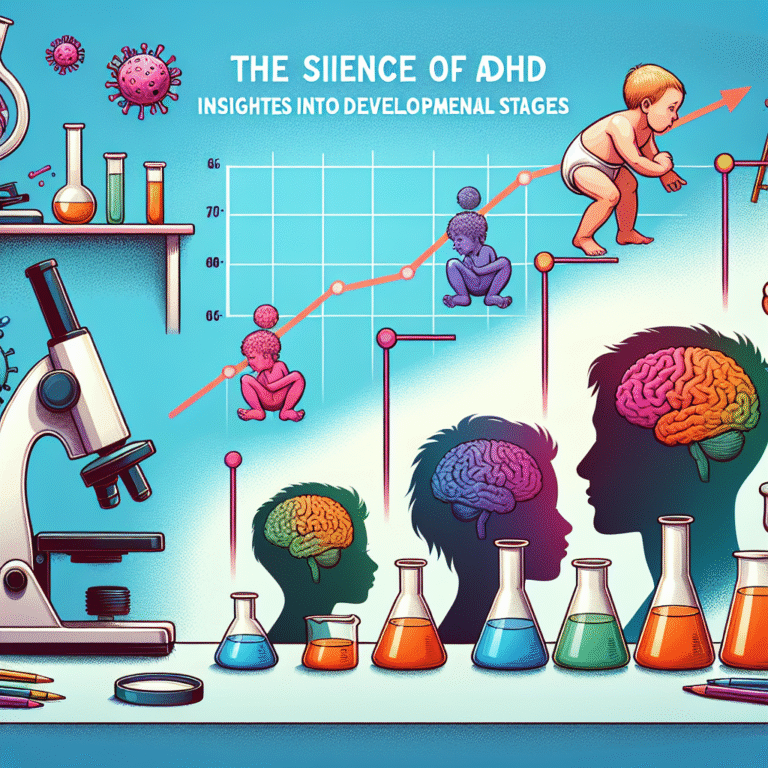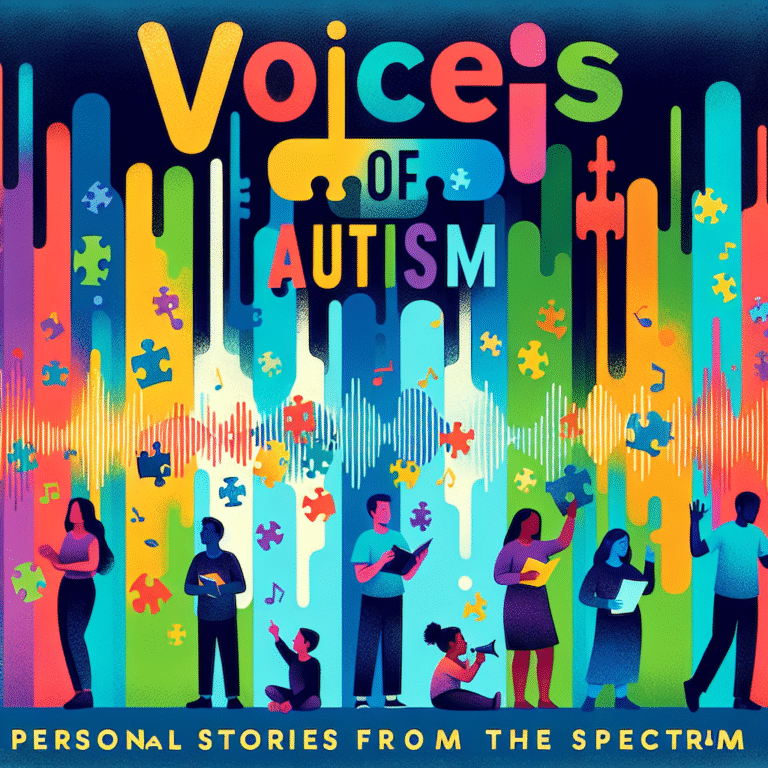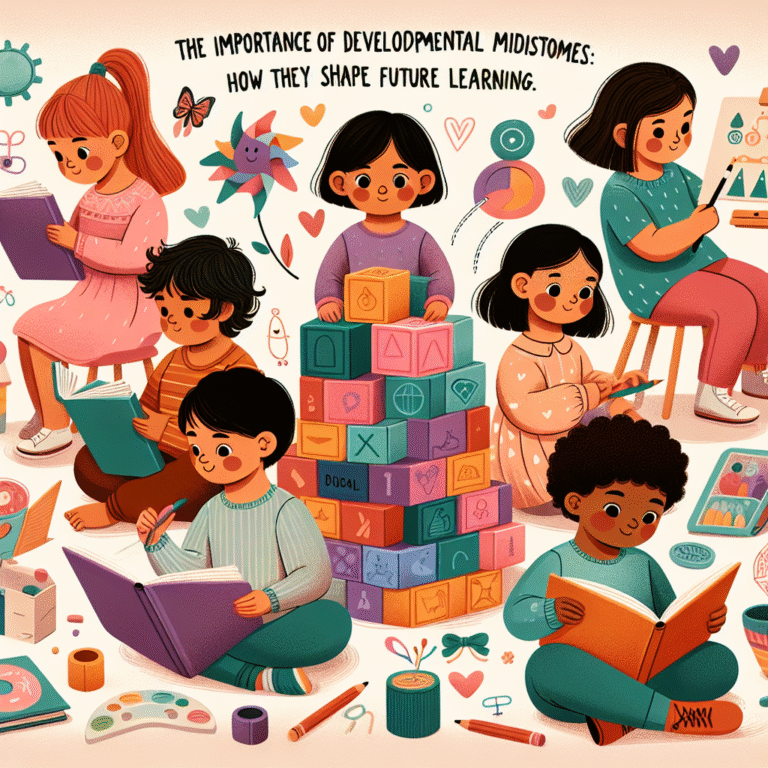
Studies show that girls with autism are often diagnosed later than boys. This delay can mean they miss out on important help (Fombonne, 2009; Hiller et al., 2015). It’s a big issue for their growth and support.
Girls with autism show signs differently than boys. This makes it hard for teachers and parents to spot them. So, girls might not get the help they need. It’s key to know about this and catch it early.
It’s vital to understand the signs of autism in females to help them early. By knowing the special traits of female autism, we can support them better. This ensures they get the right help for their growth.
Key Takeaways
- Autism in girls is often misdiagnosed or underdiagnosed.
- Late diagnosis can delay important help and support.
- Female autism traits are very different from male traits.
- Early detection is key for their best development.
- Teachers and parents need to be aware for timely diagnosis.
The Hidden Reality of Autism in Girls
Understanding autism in girls needs a careful look at diagnosis and support. Recent studies show big differences in diagnosing autism spectrum disorder (ASD) in boys and girls.

Current Diagnostic Disparities
Studies show boys get diagnosed with autism much younger than girls. A study by Begeer et al. (2013) found boys are diagnosed at a much younger age. This gap is due to how symptoms show up differently and the focus on the “male model” in autism research.
This gap leads to girls often being missed or misdiagnosed. This means they might not get the help they need on time. This can make their challenges even harder.
Average Age of Diagnosis: Boys vs. Girls
Research shows boys are diagnosed with autism earlier than girls. Mandell et al. (2005) found boys are diagnosed around 4 years old, while girls are diagnosed at 5-6 years old. This delay can affect when they get the support they need.
Girls are often diagnosed later because their symptoms are more complex. These symptoms don’t always match the traditional criteria based on male characteristics.
The Cost of Missed Diagnosis
When autism in girls is missed or diagnosed late, it can lead to big problems. These include mental health issues, feeling left out, and not doing well in school. It’s important to make sure diagnostic tools work for girls too, so they get the help they deserve.
By understanding the hidden reality of autism in girls, we can aim for earlier diagnosis. This way, we can offer better support and improve their lives.
Why Autism in Girls Often Goes Undetected
Autism in girls is often missed because of how we diagnose it. Girls with autism show symptoms differently than boys. This makes it harder to spot (Hiller et al., 2014; Kanner, 1943).
The “Male Model” of Autism Research
Most autism research has focused on boys. This has led to a male-focused approach in diagnosing autism. As a result, we don’t fully understand how autism shows up in girls. This makes diagnosing them even harder.
Social Camouflaging and Masking
Girls with autism often hide their symptoms by mimicking how others act. This makes it hard to see their autistic traits. They might seem to fit in socially, but they’re really struggling inside.
Different Manifestation of Core Symptoms
Autism symptoms look different in girls than in boys. This is true for restricted interests and repetitive behaviors.
Restricted Interests That Appear “Typical”
Girls with autism might have interests that seem normal, like horses or dolls. These interests are less obvious as signs of autism. Boys, on the other hand, might have more unusual interests.
Less Obvious Repetitive Behaviors
Girls with autism might show repetitive behaviors in subtle ways, like daydreaming. These behaviors are not as obvious as the ones boys might show, like hand flapping.
| Characteristics | Girls with Autism | Boys with Autism |
|---|---|---|
| Restricted Interests | More socially acceptable (e.g., horses, dolls) | Often more intense or unusual |
| Repetitive Behaviors | More subtle or internalized (e.g., daydreaming) | More overt (e.g., hand flapping, body rocking) |
| Social Interactions | May camouflage difficulties through mimicry | Often more apparent difficulties in social interactions |

It’s important to understand these differences to better diagnose autism in girls. By recognizing how autism can show up differently, we can improve our diagnostic tools.
The Consequences of Late Diagnosis
Late diagnosis of autism in girls can have serious effects on their mental health and well-being. Studies show that people with autism face a higher risk of mental health problems like anxiety and depression (Simonoff et al., 2008; White et al., 2011).
Mental Health Implications
The mental health effects of late diagnosis are significant. Girls with undiagnosed autism often deal with anxiety and depression. These feelings can worsen because they struggle in a world that isn’t like them.
Anxiety and Depression
Research indicates that autistic individuals are more prone to anxiety and depression. This is because they find social interactions hard and feel pressured to hide their autistic traits. Such feelings can make them feel isolated and lower their self-esteem.
Self-Esteem Issues
Late diagnosis can also hurt a girl’s self-esteem. They might feel they’re not meeting expectations or that there’s something wrong with them. This can affect their confidence and mental health for a long time.
Academic Underachievement
Another issue is academic underachievement. Girls with undiagnosed autism may not reach their academic goals. This is because they lack the support and accommodations they need.
| Consequence | Description | Impact |
|---|---|---|
| Mental Health Issues | Anxiety, depression, self-esteem issues | Long-term effects on well-being |
| Academic Underachievement | Lack of support, unmet needs | Reduced academic ability |
| Social Isolation | Difficulty forming and maintaining relationships | Impact on social development |
Social Isolation and Identity Development
Lastly, late diagnosis can lead to social isolation. Girls with autism may find it hard to make and keep friends. This can affect their identity and social growth.

Social Communication Signs in Autistic Girls
Understanding autism in girls means knowing their special ways of communicating. Autistic girls often show signs that are easy to overlook. It’s important to notice these signs to help them.
Subtle Conversation Difficulties
Girls with autism might find it hard to keep eye contact or get social hints. They might also struggle to start or keep talking. They often use scripted responses to cope.
Passive Social Interaction Styles
Autistic girls might watch social scenes without joining in. This can look like shyness, but it’s actually a sign of autism.
Intense Focus on Social Rules
Some autistic girls focus a lot on social rules. They might even make plans to handle tough social situations. This includes:
- Social Scripting: They prepare and practice social scripts for interactions.
- Mimicking Peers: They watch and copy their friends’ actions to fit in.
Social Scripting
Social scripting is a way autistic girls prepare for social scenes. It helps them but can also be very tiring.
Mimicking Peers
Mimicking peers means copying others’ social actions. It helps autistic girls fit in but can be very draining. It also hides their true autistic traits.
It’s key to spot these signs early to help autistic girls. By understanding how autism shows in girls, we can offer better support. This can greatly improve their lives.
Behavioral Patterns That May Indicate Autism in Girls
Understanding autism in girls is key. Girls with autism may show different signs than boys. This makes it harder to spot.
Special Interests and How They Differ from Boys
Girls with autism have special interests that might not be as obvious as boys’. For example, they might love horses, dolls, or celebrity news. These interests are just as deep but might seem more normal.
Perfectionism and Rule-Following
Girls with autism often want everything perfect and follow rules closely. They might enjoy organizing or sticking to routines. But, if they can’t meet their high standards or routines change, it can be very stressful.
Sensory Sensitivities Often Misinterpreted
Sensory sensitivities are common in autism, including in girls. But, these sensitivities are often missed or misunderstood.
Clothing Sensitivities
Some girls with autism might find certain clothes uncomfortable. This can make them prefer specific clothes or brands. People might think they’re just being picky, not realizing it’s a sensory issue.
Food Selectivity vs. “Picky Eating”
Food selectivity is another sign of sensory sensitivity in autism. While many kids are picky, those with autism have a more complex relationship with food. They might avoid certain textures or smells. It’s important to understand why they’re picky to help them.
By recognizing these unique signs, we can better support girls with autism. This helps them thrive and succeed.
Emotional Regulation and Expression
It’s key to understand the emotional challenges girls with autism face. Emotional regulation is about managing feelings in different situations. Girls with autism often struggle with this, leading to behaviors that might be misunderstood.
Meltdowns vs. Shutdowns in Girls
Girls with autism might have meltdowns or shutdowns due to too much emotion. Meltdowns are big outbursts, either loud or physical. Shutdowns are when they pull away from everything around them. Both are ways to deal with too much feeling or sights and sounds.
Anxiety Manifestations
Anxiety often goes hand in hand with autism, and girls show it differently than boys. They might worry too much, feel scared, or avoid certain things. Spotting these signs early is key to helping them.
Emotional Mimicry and Confusion
Girls with autism might copy others’ emotions to seem like they belong. This can cause emotional confusion for them. They might not know how they really feel. While it helps them fit in, it can also wear them out emotionally.
Knowing how girls with autism handle emotions helps us support their growth better.
The Phenomenon of Masking in Female Autism
Masking in autism is a way autistic people, mainly females, cope in a world not made for them. It’s about hiding their autistic traits to fit in socially. This helps them blend in with others.
What Is Autism Masking?
Autism masking is when people hide their autistic traits to seem like everyone else. Girls with autism often do this to hide their symptoms (Hull et al., 2017). They might act like others, hide their special interests, and learn how to talk to people.
Signs of Masking Behavior
Masking can be hard to spot. It might look like:
- Imitating social behaviors of peers
- Suppressing repetitive behaviors or interests
- Using scripts or learned responses in social interactions
- Making a conscious effort to maintain eye contact or mimic facial expressions
This can be very tiring and can hurt their feelings and bodies.
The Emotional and Physical Cost of Masking
Masking can really hurt a person’s mind and body. It can make them feel very tired and stressed.
Burnout and Regression
Keeping up the mask can lead to burnout. This means feeling very tired and unable to keep up the act. It can also make them lose skills they once had.
Post-School Exhaustion
Many autistic girls feel very tired after school. They spend all day trying to hide who they are. This makes it hard for them to do fun things or make friends outside of school.
We need to understand and support autistic people more. By seeing the signs of masking and its effects, we can make a world where they can be themselves without hiding.
Classroom Indicators Teachers Often Miss
Teachers are key in spotting autism in girls. Yet, some signs are often missed. It’s important to catch these early for help.
Academic Performance Patterns
Girls with autism might do well in some subjects but struggle in others. This is because they focus deeply on what interests them. This focus can make them excel in certain areas but also make school hard in others.
Group Work Dynamics
In group settings, autistic girls might seem shy or uninterested. But they’re actually watching and learning. They might not always speak up, but they’re taking in a lot.
Executive Functioning Challenges
Students with autism often face challenges in executive functioning. This includes problems with organization and managing time.
Organization Difficulties
Girls with autism might find it hard to keep things organized. They might have trouble sorting things, setting priorities, or remembering assignments.
Time Management Issues
Autistic girls might not know how long tasks take. This can make it hard to finish work on time. They might also find it tough to switch between tasks or handle many things at once.
As Whitaker (2007) pointed out, teachers are vital in spotting autism. Knowing these signs helps teachers support autistic girls. This support is key for their success in school and social life.
“Early identification and intervention can significantly impact the long-term outcomes for individuals with autism.”
The Overlap Between ADHD and Autism in Girls
ADHD and autism often happen together in girls, making diagnosis hard. Studies show that these conditions often go hand in hand (Rommelse et al., 2011). This mix-up can lead to wrong diagnoses because their symptoms are similar yet different.
Common Co-occurring Symptoms
Girls with ADHD and autism may show several symptoms together, such as:
- Social communication difficulties
- Attention deficits
- Executive functioning challenges
- Sensory sensitivities
These symptoms make it hard to tell them apart. For example, trouble with social communication is a key sign of autism. But, problems with attention are more typical of ADHD.
Differential Diagnosis Challenges
When checking if a girl has ADHD or autism, it’s key to get it right. Differential diagnosis means figuring out which condition is more likely by looking at the main symptoms and how severe they are.
When to Consider Both Conditions
When looking at girls for neurodevelopmental disorders, think about ADHD and autism together. A detailed diagnostic process that includes a full medical history, watching their behavior, and neuropsychological tests can spot both.
Knowing how ADHD and autism can mix in girls helps doctors and parents. It makes it easier to get the right help for kids.
Home-Based Signs for Parents to Monitor
Autism in girls can show up differently than in boys. Parents can help spot it early by watching for certain signs at home. Studies show that parents are key in finding autism in their kids by looking out for these signs (Zwaigenbaum et al., 2015).
Social Exhaustion After School
One sign to watch for is social exhaustion after school. Autistic girls might seem very social but actually spend a lot of energy to keep up the act. This can lead to feeling very tired.
Experts say, “Girls on the autism spectrum often ‘mask’ or camouflage their autistic traits, which can lead to mental health issues due to the effort of hiding their true selves” (
).
Friendship Patterns and Difficulties
Friendship patterns can also be a clue. Autistic girls might find it hard to start or keep friendships because of small social challenges. They might have intense interests but struggle to share these with friends.
Rigidity and Routine Dependence
Rigidity and needing a routine are common in autism. Parents might see their child resist changes or have strong reactions to any disruptions.
Transitions and Change Resistance
Changes between activities or places can be tough. Parents might see their child not want to change or have trouble with new things.
Intense Reactions to Disruptions
When routines get changed, autistic girls might react strongly. This can be anything from yelling to pulling away. Spotting these signs can help parents understand their child better.
By knowing these signs, parents can help their child early on. This can lead to a quicker diagnosis and help. Early support and adjustments can greatly help a child’s growth and happiness.
Age-Specific Signs of Autism in Girls
Understanding autism in girls needs a careful look at age-specific signs. Research shows symptoms can change with age (Matson et al., 2012). It’s key to spot these signs at different stages of growth.
Early Childhood (Ages 2-5)
In early childhood, signs of autism in girls include delayed or absent language development and social communication difficulties. They might also show repetitive behaviors. Some girls might seem very interested in social interactions, hiding other autistic traits.
- Delayed language development
- Social communication challenges
- Repetitive behaviors or interests
Middle Childhood (Ages 6-11)
In middle childhood, autistic girls often have intense interests unlike their peers. They might find difficulty with social relationships because of trouble understanding social cues.
- Intense or highly focused interests
- Difficulty with changes in routine
- Social challenges, including making friends
Adolescence (Ages 12-17)
Adolescence brings unique challenges for girls with autism, like social complexity challenges and identity formation issues.
Social Complexity Challenges
As social interactions get more complex, autistic girls may find it hard to handle peer relationships and grasp social nuances. They might struggle to keep friendships because of trouble reading social cues.
In adolescence, autistic girls face identity formation challenges. They try to figure out who they are while dealing with autism. This involves developing self-awareness and finding coping strategies for their autistic traits.
Steps for Teachers to Support Identification
Educators play a big role in spotting autism in girls early. They watch students’ behavior, how they interact, and how they do in school. This helps them see signs of autism and help with the diagnosis.
Observation Documentation Strategies
Keeping good records is key to spotting autism signs. Teachers should write down:
- Social interactions and play
- Communication styles and any trouble with it
- Repetitive behaviors or strong interests
These notes can show patterns and help with diagnosis.
Communicating Concerns with Parents
If teachers worry about a student, they should talk to parents. This means:
- Setting up a meeting to share worries
- Sharing specific examples of behaviors
- Listening to what parents have to say
Research shows that working together with parents is key in helping students with autism (Whitaker, 2007).
Classroom Accommodations During Assessment
Creating a supportive classroom is important during assessments. Teachers can make students feel safe and comfortable by:
Creating Sensory-Friendly Environments
Teachers can make the classroom less stressful for students with autism. They can do this by:
- Using softer lighting
- Keeping the noise down
- Offering different places to sit
Supporting Social Interaction
Teachers can help students get along better by:
- Helping with group work
- Teaching social skills directly
- Encouraging good friendships
The table below shows important ways teachers can help students with autism in class:
| Strategy | Description | Benefits |
|---|---|---|
| Sensory-Friendly Environment | Reduce harsh lighting, minimize noise, flexible seating | Reduces anxiety, improves focus |
| Social Skills Training | Explicit teaching of social skills, group work | Enhances social interaction, builds confidence |
| Observation and Documentation | Detailed records of behavior, social interactions | Supports diagnostic process, informs teaching strategies |
Guide for Parents Seeking Evaluation
Parents looking for an evaluation for their child face a tough journey. Knowing the steps can make it easier.
Finding Specialists in Female Autism
Finding the right specialist is key. Look for experts who know how to diagnose and treat autistic girls. Studies show that those familiar with female autism give better assessments (Zwaigenbaum et al., 2015).
Preparing for Diagnostic Appointments
Getting ready for a diagnostic meeting is important. Collect all important documents and info about your child’s growth and behavior. This includes medical records, school reports, and home observations.
Advocating for Complete Assessment
Parents must speak up for their child’s needs. Make sure the team does a full check-up that looks at all parts of your child’s growth.
Bringing School Documentation
Bring school papers to share. They show how your child does in school and with friends. This includes grades, teacher notes, and school projects.
Describing Home Behaviors
Talking about your child’s home behavior is also key. Keep track of any worries, like meltdowns, social times, and habits.
Being ready and fighting for your child helps get a detailed and correct check-up. This is a big step towards understanding and helping your child.
Conclusion: Embracing Neurodiversity After Recognition
Recognizing autism in girls is key to a more inclusive world. Signs of autism in girls can be hard to spot, making diagnosis tough. But, with more awareness, we can find and help them sooner.
Accepting neurodiversity is vital for supporting those with autism and their families. Studies show that acceptance boosts mental health and happiness (Singer, 1999). By valuing differences, we build a welcoming and understanding community.
As we go forward, we must focus on recognizing and supporting neurodiversity. We need to offer resources and make places more accessible. This way, we can help everyone with autism reach their full potentials.













